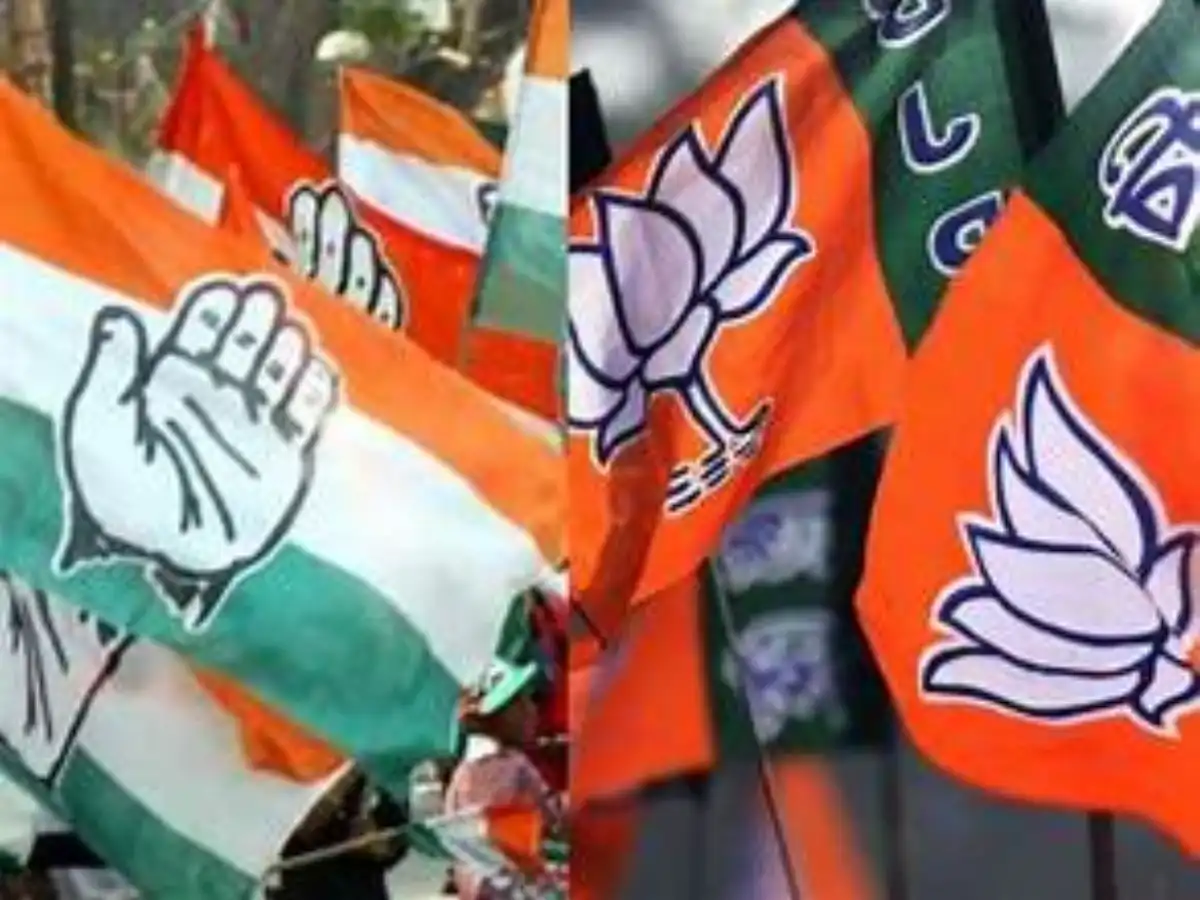Karnataka Political Turmoil: Congress vs. BJP Saga Unveiled
<p>The political landscape in Karnataka ignites once more as the Congress and BJP engage in a heated standoff regarding the exclusion of Vinayak Damodar Savarkar’s image from the assembly. R. Ashok, an opposition leader, vehemently criticized the Congress, threatening protests over the removal of Savarkar’s picture and the proposed substitution with former Prime Minister Jawaharlal […]</p>

Karnataka Political Turmoil: Congress vs. BJP Saga Unveiled
The political landscape in Karnataka ignites once more as the Congress and BJP engage in a heated standoff regarding the exclusion of Vinayak Damodar Savarkar’s image from the assembly. R. Ashok, an opposition leader, vehemently criticized the Congress, threatening protests over the removal of Savarkar’s picture and the proposed substitution with former Prime Minister Jawaharlal Nehru’s image.
According to reports from Hindustan Times, BJP legislator R. Ashok recalled his party’s tenure in power, highlighting their past placement of Savarkar’s photo in the assembly. He emphasized Savarkar’s patriotism and his incarceration during the struggle for independence. Ashok accused the Congress of planning to eliminate Savarkar’s image and replace it with Nehru’s, aiming to glorify dynastic politics.
The allegations against the Congress didn’t stop there. R. Ashok suggested that the Congress government in Karnataka seemed inclined towards displaying only family portraits, insinuating a preference for dynastic imagery. He declared opposition readiness to confront the incumbent government and stage protests.
The controversy stems from the previous year’s winter session when the former BJP government unveiled Savarkar’s picture in the assembly, drawing criticism from the Congress, which protested the move. Notably, besides Savarkar, images of Mahatma Gandhi, Subhash Chandra Bose, Sardar Patel, B.R. Ambedkar, Swami Vivekananda, and Basavanna were also unveiled in the assembly. However, Nehru’s photo was conspicuously absent.
This ongoing political tussle, steeped in historical and ideological narratives, amplifies the ideological differences between the two major parties in Karnataka. As the debates rage on, the deeper implications of this image battle and its resonance with the masses remain at the forefront of the state’s political discourse.








